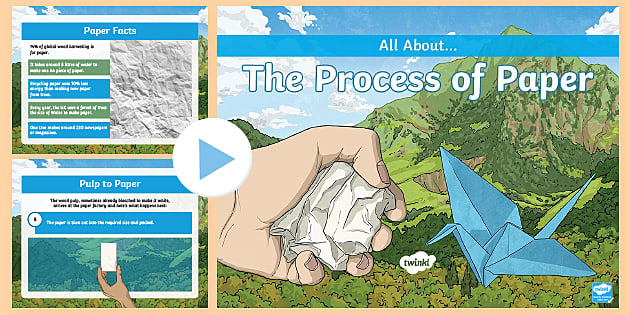

Paper is a material usually made from wood pulp, though it can also be made from the pulp of other fibrous materials like cotton, flax or straw. It’s made in really thin sheets and is used all around the world for a wide range of uses. You can use paper for writing, drawing and printing on. There are also different types of paper used for other things, like wrapping paper, baking paper, and even toilet paper!
It’s hard to think about what our life would be like if we didn’t have paper, it’s a necessity for all sorts of professions, hobbies, and lifestyles. Why not ask your children to think about all the different ways that they’ve used paper in the past 24 hours?
You can learn more about the properties of paper with our Properties of Paper Materials Lesson Teaching PowerPoint. As well as information about what paper is, it also has three different activities that your children can complete to discover the different properties of paper in a practical environment.
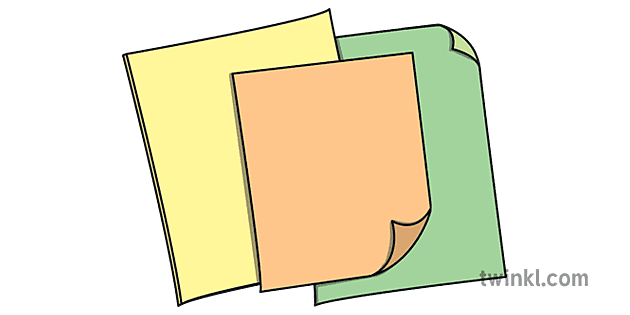
Chemical Pulping
In chemical pulping, the wood chips are put into a large boiler, called a digester, and chemicals like sodium hydroxide and sodium sulphide, as well as water, are added. The sodium hydroxide helps break down the wood chips by dissolving lignin, lignin is the glue that holds the fibres of the wood together. After this, the pulp is filtered, cleaned, and bleached to help give the final paper a good finish.
Mechanical Pulping
Mechanical pulping doesn’t remove lignin, instead, it grinds the wood chips against a grinding stone, which separates the fibres of the wood chip and creates the pulp. The pulp is then filtered and cleaned. As the lignin still remains in the pulp, the quality of the paper produced from mechanical pulping is usually lower.
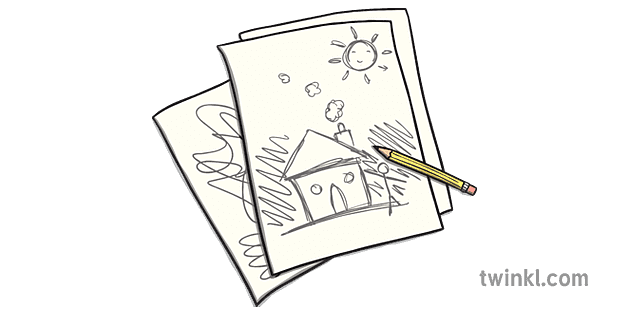
Once this paper is used, it doesn’t mean that it can’t be used again. Lots of paper is now recycled to make more paper!
Discover more about paper with our The Process of Paper PowerPoint. It explains what paper is and the different ways paper is made, in an accessible and engaging way. It’s also full of questions to prompt discussions, and tasks for your children to do in the classroom.
It’s possible to make your own recycled paper, in fact it’s a really fun activity to do with your children to teach them the importance of recycling. You can then use the paper you make in a range of brilliant crafts.
If you’d like to have a go at making your own paper, have a look at our Making Paper PowerPoint. It’ll take you though step by step, from making your own paper pulp, creating the sheets of paper themselves, and even any decorations or extras that you can add into your creations.
The PowerPoint is illustrated, and the text is easy to follow, making it the perfect addition to any teaching you do on recycling and materials.
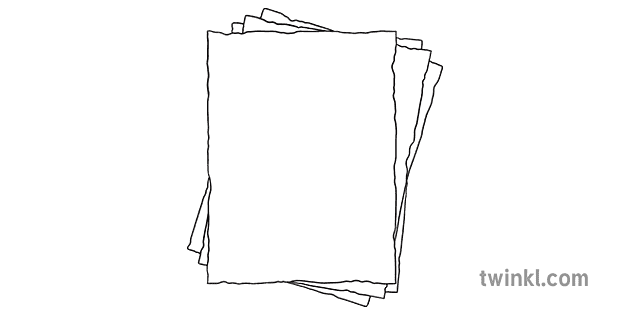
The history of paper is an interesting one. Read onto discover the journey that paper making went on before it became what we know today.
105 AD - Ts’ai Lun, an official of the Imperial court of China, creates paper as we would recognise it. He created it using fibres from wood and bark, as well as other fibrous materials like rags, cotton, and hemp waste. Over the following centuries, the art of making paper starts to spread around Asia.
8th century - In the 8th century, paper making starts to reach the further corners of Asia, coming to cities like Samarkand in Uzbekistan and Baghdad in Iraq. The first paper mills in this part of the globe were created, and the paper made in these mills was used in countries across Asia. At this point, Europe didn’t have access to this paper, making the books made out of it and paintings painted on it very valuable.
11th century - The Crusades bring paper manufacturing to Europe, with the first European paper mills opening in Spain and Sicily. These paper mills didn’t have the same access to materials however, which meant that the paper produced by the mills wasn’t the same standard of the parchment that Europe was using.
13th century - A town in Italy called Fabriano starts experimenting with making paper and produces its own kind of paper with linen and hemp. By using gelatine when glueing the sheets, they could keep insects from damaging it. They also started watermarking their paper. They did this by using metal wire to add decorations to the paper, which could only be seen when held up to light.
14th century - The use of paper and the art of paper making spreads across Europe, with paper mills opening in countries such as Germany, France and England.
15th century - The invention of printing in the 15th century brings a massive increase of demand for paper. Despite this, many people still used parchment, as they knew that it could be stored safely for many years. Paper, on the other hand, was still a relatively new material to lots of people.
19th century - Throughout the 19th century, major changes to the making and producing of paper happened. Different techniques to make paper out of wood pulp were developed, which helped increased the amount of paper that could be manufactured. The Fourdrinier machine was also invented. This machine is able to take pulp, squeeze the liquid out of it to form the paper, and then use heat and pressure to create long, continuous sheets of paper.
The development of paper making meant that items like newspapers and books became more widely available. By the turn of the century, paper started being used for even more day-to-day use in areas like interior design, hygiene, and decoration.
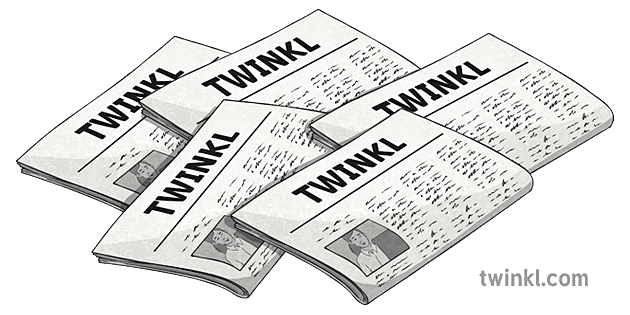
The name ‘paper’ is derived from the ancient Egyptian papyrus plant. Papyrus is a material made from the pith of the papyrus plant. The pith is the fibrous part of the plant under the tough rind.
Papyrus is made by cutting strips of the papyrus pith and layering them on top of each other. The sap of the plant works as a natural glue, sticking the layers together to form the material. Though it’s thicker than paper, papyrus was used for the same tasks of writing and drawing in Ancient Egypt and other Mediterranean societies.
Before paper was widely used in Europe, people would write on a material called parchment. This parchment was made out of animal skin that would be stretched on a frame, cleaned and dried before being used to write on.
Today, parchment is used as a term to describe a type of paper that mimics the thickness and finish that animal-based parchment would have.
 Home
Home  Membership
Membership  Customer Support
Customer Support  Create
Create  Blog
Blog 

